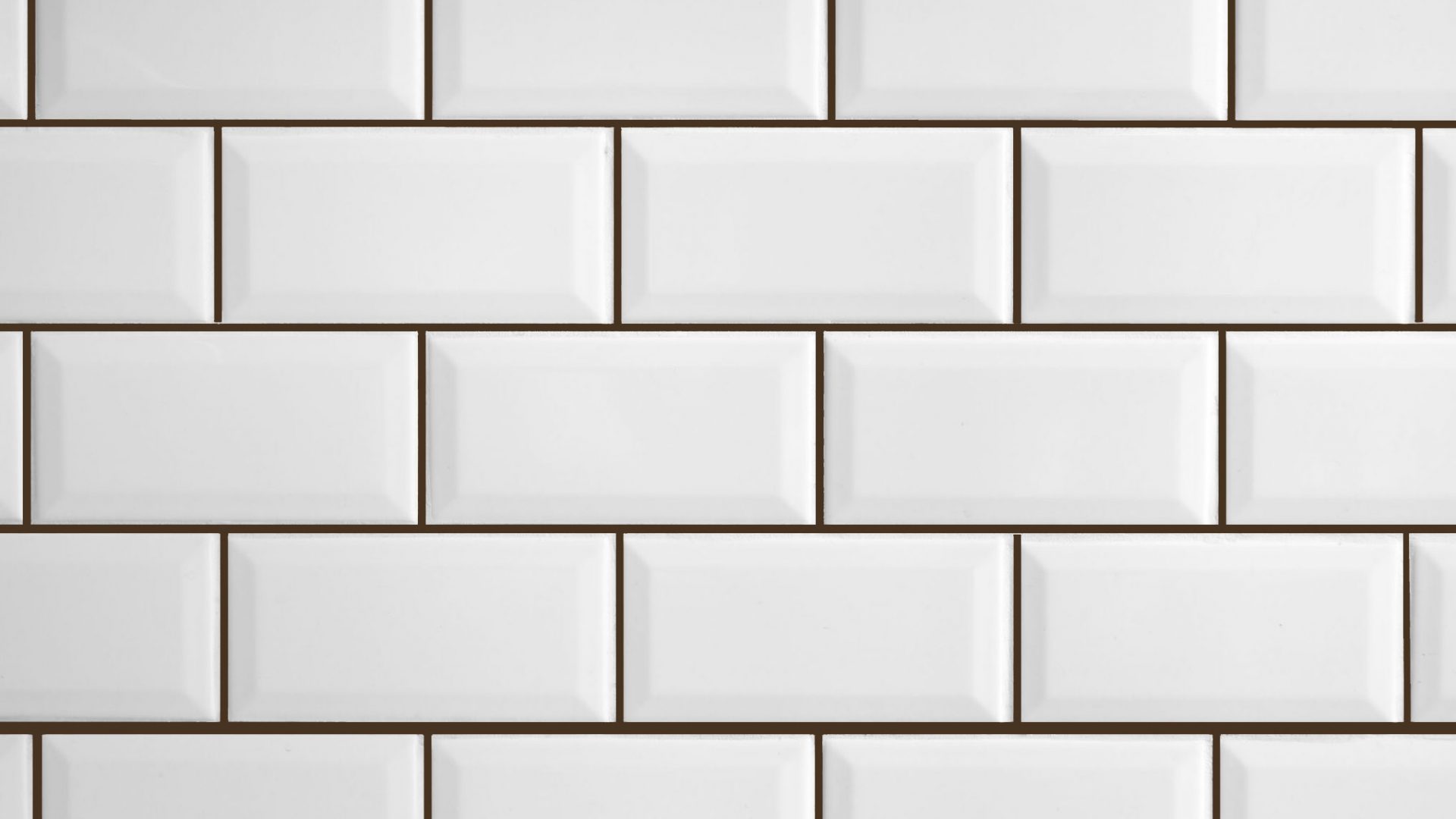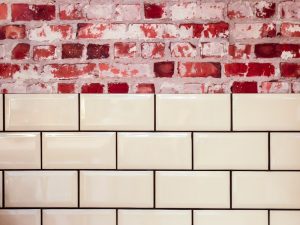
Can you colour grout?
Grouting is one of the most important design aspects of your tiles. The right grout can make or break the look of your tiles (no pressure!). But when it starts to go yellow or discolour, it can take the look of your bathroom from glamorous to grim.
However, just because you have some mouldy grout doesn’t mean you need to get a new bathroom suite. Unattractive grout is a problem that can be solved easily and quickly. You could even change the look of it too. For example, if your grouting is white but you’d prefer it to be a darker colour, you can absolutely do this.
There are two ways you can change the colour of your grout. You can either remove the old and replace it with new, or you can dye your existing grout. The latter will only work if you currently have light grout and you want to dye it darker.
How to colour tile grout
If you’ve decided that you want to recolour your grout, we can help. Below, we’ve outlined two ways you can recolour your grout. We’ve also discussed different colour combinations that you could try if you want to go bold.
Replacing the grout
The first method involves replacing all of the grout by removing it and applying new. This might not seem too complicated, however if you have a large area to remove, it can be time consuming. For example, a small splashback behind a sink might not be too difficult, but replacing all of the grout on your bathroom walls will take a long time. If this is the case, you may want to skip to our second method below.
First, you need to remove all of the old grout. It’s easiest to do this with a tile blade or a manual grout saw. You should carefully use a small knife to neaten off the edges around the tile. Then, when you’re confident you’ve got as much out as you can, use a hoover to completely remove any small, loose pieces.
Before applying the new grout, wipe down all of your tiles to make sure any dust or debris has been removed. Once this has been done, take your new grout in a colour of your choice. Follow the manufacturer’s instructions to apply it to your tiles. This is usually done with a small trowel that you can use to work the grout into the gap. You’ll have to work quickly as the grout may dry fast.
Once the grout has been applied and you’re happy with how it looks, wipe down the tiles with a damp cloth to remove the residue from the tiles’ surface.
Use a grout pen/dye
This method is slightly easier as you don’t have to remove all the grout. Instead, you’re drying the grout that’s already there. This means that the grout needs to be in good condition. Check for any chipped areas or parts where the grout is crumbling before you start to dye it.
The dye will only work on light coloured grout – you can’t make dark grout darker.
First, we recommend that you use tape to make sure you don’t get any die on the tiles. For glossy tiles, the dye should come straight off, however if your tiles have a matte finish, the dye might absorb into these too. You’ll only be able to tape off small sections at a time, so ensure you have lots of tape at the ready.
Using a small brush, apply the dye to the grout, making sure you follow the manufacturer’s instructions for the best finish. If you’re using a grout pen, use the pen to draw the grout onto the wall. Avoid pressing too hard as this could damage the nib.
If you get any dye on the tiles, wipe it off immediately to prevent it from staining.
What colour grout to use?
Grout comes in tonnes of colour choices so take your time to look over all of the options. If you want to stick to neutrals, there are a variety of colours available, including traditional white and black, as well as grey, cream or brown.
What colour grout for grey tiles?
Grey is one of the most versatile colours because it goes with everything. Therefore most colour variations of grout will go with your grey tiles. It depends on the finish you want.
If you have dark grey tiles, you may want to contrast this with a light grout, such as cream. Alternately, if you have light grey tiles, a black or very dark grey grout would look lovely.
If you’d prefer to merge the grout and the tiles so they’re all a similar colour, then you can absolutely choose this option too.
Does grout dry lighter or darker?
As grout dries, it can change colour. You may have found that what was once a cream has now turned to an off-white. Before you start to grout your walls, apply a small amount to a tile sample (if you have one available).
If your grout has dried much lighter than you anticipated, you could apply an enhancing sealer. Not only will this seal your grout and prevent dirt from sticking to it, but it could also deepen the colour, giving it the darker look that the grout had when it was wet.
